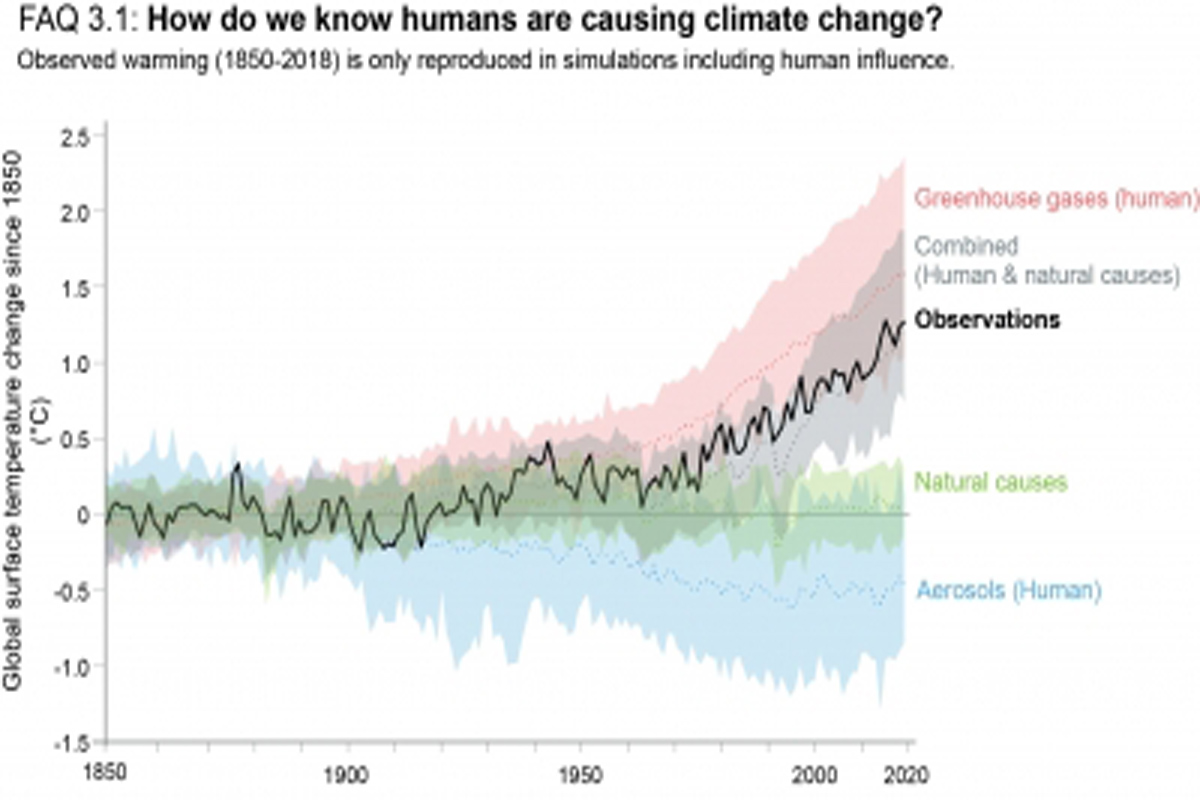Super Typhoon Karding (international name: Noru) devastated parts of Luzon where Tropical cyclone Wind Signal No. 5 was raised last September 25. Still, the country may see stronger typhoons in the future due to climate change, said civil engineer and wind dynamics expert, Joshua C. Agar.
Agar, an engineering faculty member at the University of the Philippines – Diliman, told INQUIRER.net on Friday that climate change “increases the moisture on which typhoons feed upon.”
Advertisement
He pointed out that there has been an increase of wind strength in typhoons since 2011, with Karding following the growing trend.
“Expect rin po ang mga bagyo na katulad ng Karding na maliit in size, pero super destructive ng winds malapit sa mata,” he said.
Agar noted this increase when he analyzed and mapped the country’s past typhoons and rapid intensifications.
The map, based on data from 1977 to 2021 from the Japan Meteorological Agency, showed that 322 out of 1148 typhoons had rapid intensification.
Agar’s map, however, only accounts for a higher threshold of rapid intensifications, since it is based on statistical analysis that identified unusually strong typhoons that reached 92.6 kilometers per hour within 24 hours.
While rapid intensifications of typhoons are not new in the Philippines, Agar noted that the winds are getting stronger.
He pointed out that government agencies should learn to strengthen and retrofit evacuation centers in preparation of intensifying typhoons.











